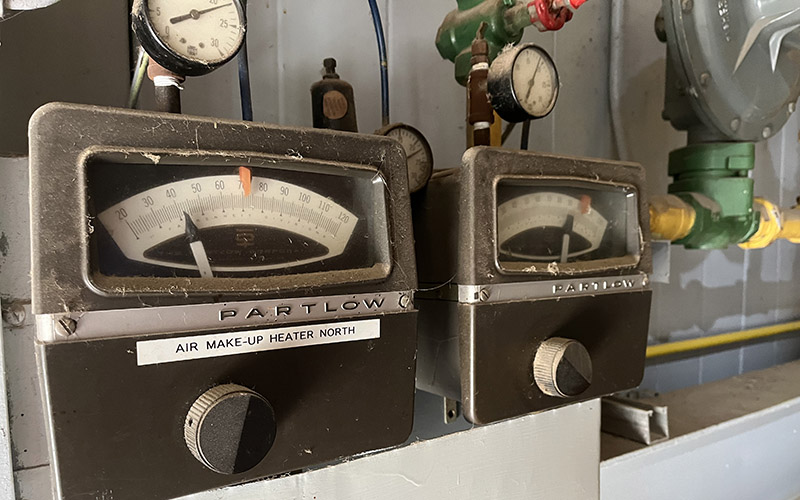
A wood products company had some troubles operating its compressed air system in the coldest winter months. Maintenance workers found that the pressure at various points in their plant would fall to very low levels, especially after weekend plant shutdowns.
The plant had a system of lubricated screw compressors with refrigerated air dryers to condition the compressed air. To maintain an adequate environment — and prevent wood components from shrinking before assembly — a system of humidifiers was installed to keep the relative humidity high, ensuring the air compressors ingested significant moisture.
An investigation took place and found that to save energy, the plant had implemented temperature setback during weekend hours. But because the weather was really cold, some compressed air lines installed along poorly insulated outside walls became exposed to freezing temperatures. The moisture in the compressed air flow condensed out due to the cold and froze, blocking the air lines until normal temperatures returned!
It is important to realize that even on cold winter days, compressed air contains moisture that can drop out and form free water — if the temperature of the piping drops below the dew point of the compressed air. To avoid frozen pipes, be sure to maintain temperatures above freezing or switch to desiccant air dryers.
Filed Under: Components Oil Coolers, Compressed Air Technologies, Pneumatic Tips